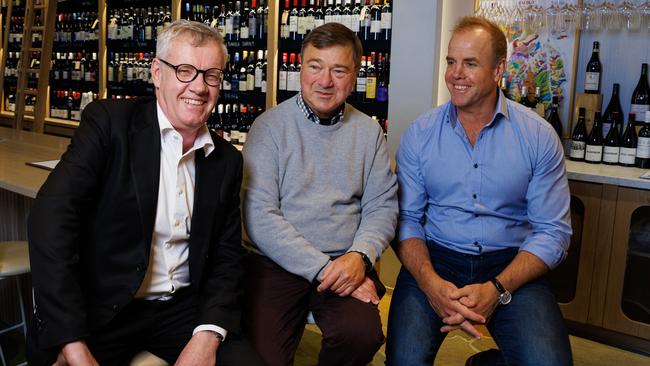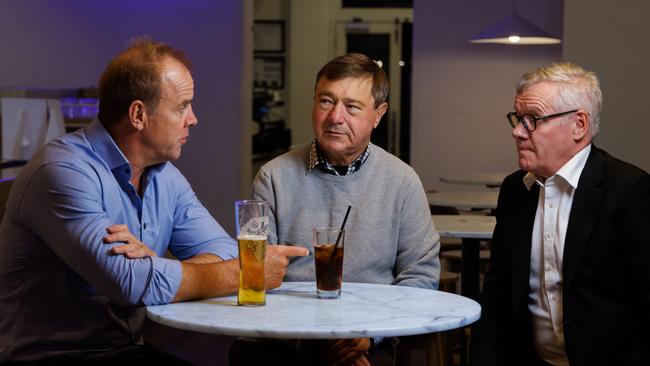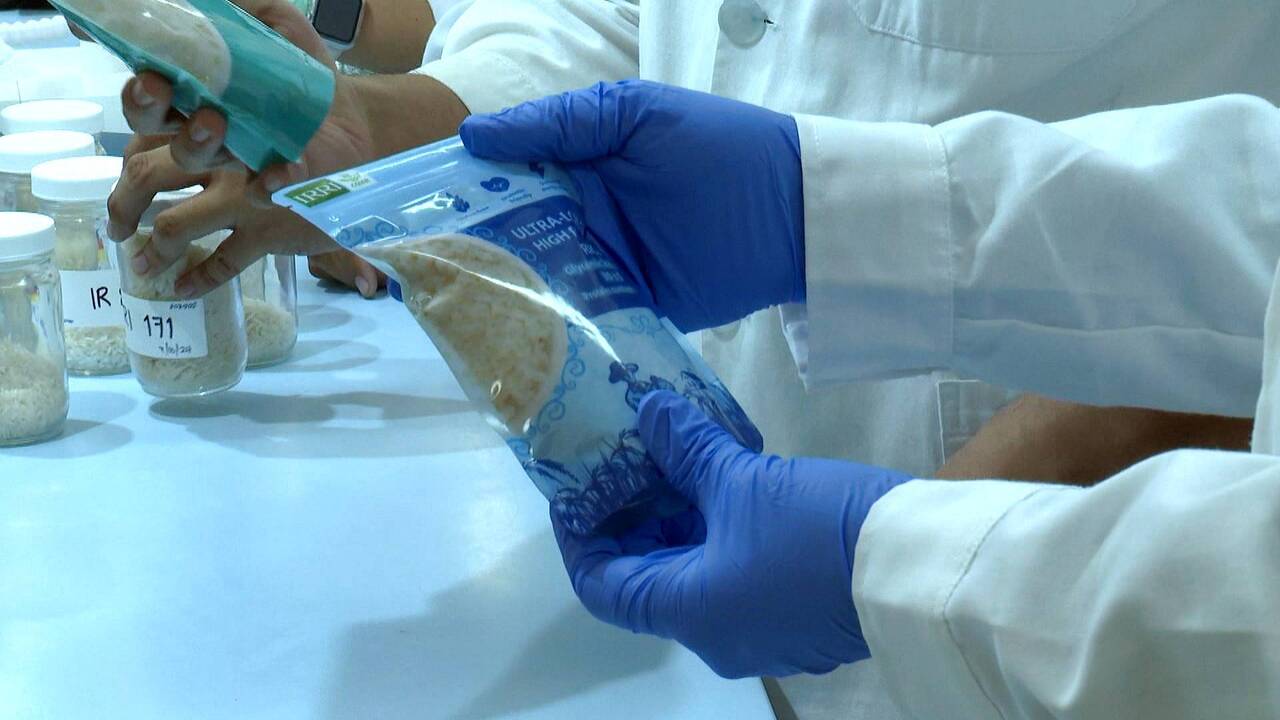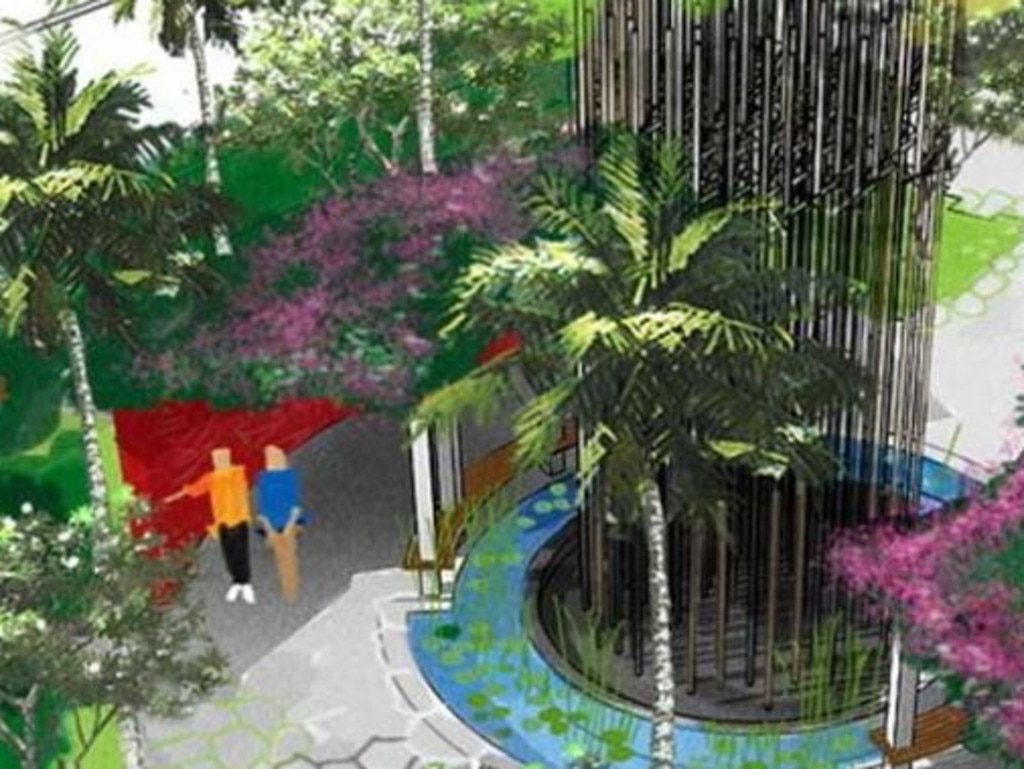Medical dream team working to find a cure for diabetes
From the horror of the 2002 Bali bombings a story has emerged of friendship, ingenuity and innovation, with the near death of a footballer leading to a medical breakthrough that is revolutionising patient care.

From the horror of the 2002 Bali bombings a story has emerged of friendship, ingenuity and innovation, with the near death of a footballer leading to a medical breakthrough that is revolutionising patient care.
It involves four men from very different backgrounds who have now become mates, and whose extraordinary and accidental collaboration is giving hope to diabetes sufferers worldwide – even promising a potential cure for Type 1 diabetes.
It features a burly footballer with a passion for philanthropy and a knack for business; a world-renowned burns expert who has turned his back on medicine to play guitar in a cult prog rock band; an eminent kidney transplant specialist who collects antiquarian books and restores vintage cars, and a softly spoken primary school principal who enlisted as a guinea pig in a medical trial to help fellow sufferers of diabetes.
Professor Toby Coates is the director of kidney and pancreas islet transplantation at the Royal Adelaide Hospital. He has just returned from presenting a paper in Copenhagen at a bumper meeting of the European Society of Endocrinology last month where before 8000 delegates he explained the stunning results of his three-year trial into the treatment of diabetes.

It involves the use of a polymer pioneered by former RAH Burns Unit director and professor John Greenwood, who developed an artificial skin after treating footballer and Bali bombings survivor Julian Burton, the pair then forming a business partnership which led to the development of what’s known as NovoSorb BTM, or Biodegradable Temporising Matrix.
It’s the same product that Coates is now using in his diabetes trial off the back of a remarkable lateral idea by Greenwood – even though 10 years ago the two men were working on separate floors at the RAH and had never met.
“The thing I really like about this story is that there’s no multinationals involved, no big corporations, just a group of Australians working together towards this very special outcome,” Coates told The Australian. “It is simply a great Australian story.”
The story begins in the burns unit at the RAH in 2002 where Julian Burton from Adelaide’s Sturt Football Club is fighting for his life, having joined Sturt’s SANFL premiership celebrations in Bali on his first-ever footy trip.
Burton, then aged 29, didn’t play in the Double Blues victorious grand final side, but at the end of his career decided to head to Indonesia to keep the younger lads on the straight and narrow for what promised to be a boozy week celebrating the end of a 26-year premiership drought.
Two members of the Sturt Football Club were among the 88 Australians killed at the Sari Club that night – reserves player Josh Deegan, 18, and club trainer and former ruckman Bob Marshall, 68. Burton was among the dozens of injured Aussies who were airlifted back to Darwin at death’s door.
Despite hailing from tough stock as the son of farmers in the Eyre Peninsula town of Cowell, Burton was in serious strife with third degree burns to 33 per cent of his body, generalised second and first degree and shrapnel wounds. If the burns didn’t get him there was a high risk infection would.


Through sheer happenstance, Burton ended up being cared for and then befriending one of the world’s great burns doctors. Lancashire-born Greenwood had moved to SA just one year before the Bali bombings in 2001 to head up the burns unit at the RAH, planning to spend the next decade putting his vision in place.
The atrocities in Bali meant that like many Australian hospitals, the RAH became pivotal in saving the lives of the repatriated injured, with Greenwood leading the effort.
Burton spent months in hospital enduring multiple operations and protracted rehabilitation. The former full forward with 272 goals to his name had to learn how to walk again.
Burton had been a schoolteacher prior to his injuries and made a return to the classroom after his recovery, but through his friendship with Greenwood wanted to do something enduring to help burns victims.
With their friend and colleague, clinical nurse consultant Sheila Kavanagh, they formed the Julian Burton Burns Trust which raised a staggering $20m in its 15-year life span ahead of its closure in 2018, and they also became business partners to pursue Greenwood’s idea for the Biodegradable Temporising Matrix with Melbourne-based medical company PolyNovo.
Both men went on to be recognised as South Australian of the Year, Burton in 2010 for his philanthropic efforts and Greenwood in 2016 for burns treatment and innovation.
It was around 2016 when Greenwood delivered a presentation to a group of medicos in Darwin about what he saw as the potential broader applications for the use of NovoSorb BTM.
He believed he had created a vascular environment that could grow other cells such as islets, the insulin-producing cells created in the pancreas that diabetic people lack, leaving them incapable of regulating their blood sugar.
During Greenwood’s presentation a voice called out from the crowd: “Do you know Toby Coates?”
Back in Adelaide, Coates sought Greenwood out as a matter of urgency. “It was a eureka moment,” Coates said.
“I was basically dragged along to John’s next presentation and I will always remember the slide he put up showing how the holes in NovoSorb BTM were the perfect size to transplant the islet cells. I had never met John before. He was on level seven and I was on level three. I knew who he was, of course. He’s a genius. But we had never met. He was absolutely inspirational. The idea was so exciting and it all started from there.”

Greenwood is now retired from medicine and living in the Clare Valley. A gifted musician, he’s a guitarist with Adelaide-based prog rock band Unitopia and in 2023 toured Europe with former Genesis drummer Chester Thompson and Elvis Presley’s last bass player Don Schiff.
After decades of traumatic work with burns victims he was compelled to quit early in 2020 to pursue his other passion and get away from hospital wards.
“I was virtually broken,” he told The Australian.
Greenwood is also absurdly modest about his BTM breakthrough, declaring: “I’m no longer relevant.”
He says his work changed overnight in the aftermath of the Bali bombings when so much attention – and funding – was directed towards the treatment of burns patients.
“I had a 10-year plan when I arrived in Australia but burns became so sexy that all of a sudden everything I wanted happened,” he said. “It all ended up happening in about eight months.”
Burton has met more medicos than he cares to remember but says he regards Greenwood and Coates as unique.
“People in medicine are passionate people but to me, John and Toby have as much devotion and love for their patients that I have seen,” he said.
Burton is also self-deprecating about his own role in the creation and production of NovoSorb BTM, describing himself simply as “the guy who gets the coffees”.
“That’s so typical of Julian,” Coates says, crediting Burton with being a great organiser and introducer of people. “A project like this needs a Julian. I’m a nerdy sort of a bloke who is obsessed with his medical work. It’s Julian who brings the people together.”
The most important person in the story is Alec Tibbitts, a veteran primary school teacher and now principal at a school in Gawler in Adelaide’s north, who has become the face of hope for diabetes sufferers worldwide.
Three years ago, Coates implanted insulin-producing islet cells into the artificial skin grown on NovoSorb BTM which he implanted into Tibbitts’ arm.
The results have been so good that Coates believes the world could find a cure for Type 1 diabetes through what would effectively be a fake pancreas, sparing diabetics the need for daily insulin injections.
“When I heard about the trial I immediately put my name down,” Tibbitts told The Australian.
“I’ve got a daughter with diabetes so why wouldn’t I? I was eight when I was diagnosed and Caitlin got it just after her ninth birthday. I was devastated. I knew pretty early that she had it but it didn’t make it any easier.
“Working with Toby has been great. It’s so important what he’s doing. It will take the anxiety away not just for patient but also their relatives. It was so different when I was a child. It is a bit better now with insulin pumps but it is still hard managing the highs and lows of blood sugar. There’s a statistic about how many decisions diabetics have to make every day.”
Greenwood, Coates and Burton’s company Beta Cell Technologies are committed to finding long-term therapeutic solutions for patients with diabetes and other cell therapy diseases. It collaborates with NovoSorb BTM manufacturer Polynovo, Breakthrough T1D and other global cell therapy companies.
For his part, Burton marvels in his own quiet way at the trajectory his life has taken since 2002.
“It’s been pretty special being part of all this and working with and getting to know such wonderful people. I am very aware that my life could have been very different, but maybe that is what drives me to give back, help others, knowing that many others did not get that opportunity to do that.
“I was, and still am, one of the fortunate ones.”







To join the conversation, please log in. Don't have an account? Register
Join the conversation, you are commenting as Logout